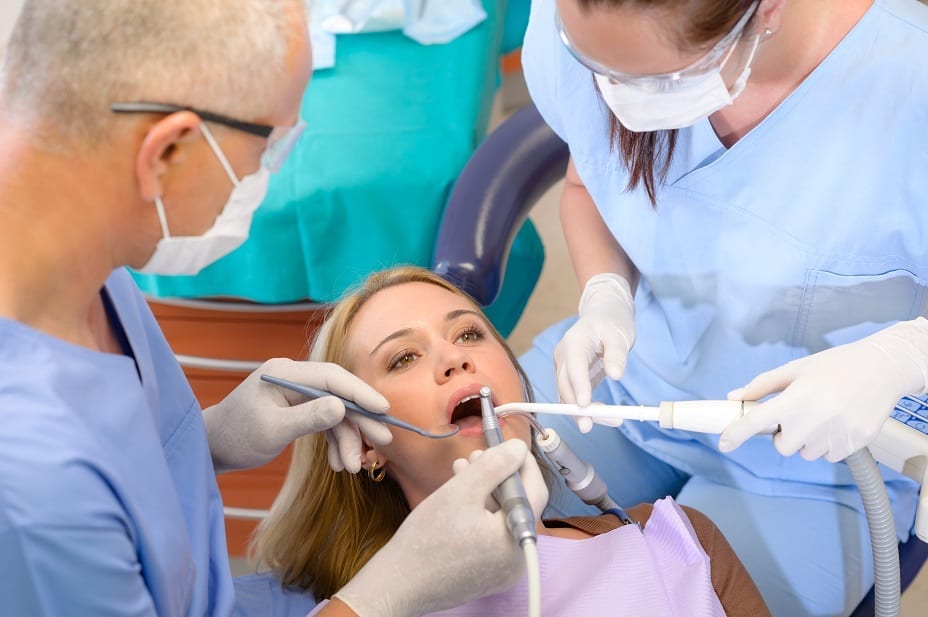The Ultimate Guide To Legacy Orthodontics
The Facts About Legacy Orthodontics Revealed
Table of ContentsLegacy Orthodontics Things To Know Before You Get ThisThe Legacy Orthodontics IdeasLegacy Orthodontics Can Be Fun For EveryoneAn Unbiased View of Legacy OrthodonticsSome Known Incorrect Statements About Legacy Orthodontics
At Advanced Orthodontics, we supply individuals with a all natural therapy experience. Additionally, we supply adjustable therapy routines, versatile settlement choices and a fun, pleasurable experience. leesburg invisalign. Phone call ( 480) 357-4900 today for even more info and timetable a consultation.An orthodontist is a dental professional educated to diagnose, protect against, and treat teeth and jaw abnormalities. They remedy existing problems and are trained to recognize troubles that might develop in the future. Orthodontists collaborate with individuals of every ages, from youngsters to grownups. Individuals often associate an excellent smile with healthiness.
Malocclusion, or misaligned teeth, can result in dental issues, consisting of dental caries, gum tissue disease, and challenging or painful eating. However not everybody is born with straight teeth. If you have a poor bite or large rooms between your teeth, you might want to speak with a dentist focusing on orthodontic treatment.
What Does Legacy Orthodontics Do?
( Picture Credit History: DigitalVision/Getty Images) Orthodontists utilize fixed and removable oral devices, like braces, retainers, and bands, to transform the placement of teeth in your mouth. Orthodontic treatment is for oral irregularities, including: Uneven teethBite problems, like an overbite or an underbiteCrowded teeth or teeth that are as well much apartJaw misalignmentThe objective of orthodontic treatment is to improve your bite.
A healthy and balanced bite ensures you can consume, chew, and speak appropriately. While you may consider orthodontists as mostly for children or teens that require dental braces, they can correct dental issues at any kind of age. Orthodontists attend university, dental institution, and orthodontic institution. After college graduation, they invest 2 or 3 years in an orthodontic residency program.
All orthodontists are dentists, however not all dental professionals are orthodontists. Orthodontic residency programs offer extensive, focused direction for oral experts. They concentrate on 2 locations: Exactly how to effectively and securely relocate teeth Just how to effectively lead growth in the teeth, jaw, and faceOnce an orthodontist has actually completed training, they have the choice to come to be board certified.
Not known Factual Statements About Legacy Orthodontics
Imbalance, or malocclusion, is the most usual reason people see an orthodontist. It is genetic and is the outcome of dimension differences between the upper and lower jaw or between the jaw and teeth. Malocclusion results in tooth congestion, an irregular jaw, or uneven bite patterns. Malocclusion is normally treated with: Your orthodontist attaches steel, ceramic, or plastic square bonds to your teeth.
If you have only small malocclusion, you might be able to use clear dental braces, called aligners, as opposed to typical dental braces (https://medium.com/@brianmccune20176/about). Some people need a headwear to assist relocate teeth into line with pressure from outside the mouth. After dental braces or aligners, you'll require to use a retainer. A retainer is a personalized tool that maintains your teeth in location.
They're most typically made use of on youngsters. They can develop extra space in the mouth without needing to draw teeth. If you have a major underbite or overbite, you could require orthognathic surgical procedure (additionally called orthodontic surgical procedure) to lengthen or reduce your jaw. Orthodontists use cords, surgical screws, or plates to sustain your jaw bone.
You might need to see an orthodontist if you have: Crowding or not sufficient area for all of your teethOverbite, when your top teeth come by your base teethUnderbite, when your base teeth are as well much forwardSpacing or problems with gapsCrossbite, which is when your top teeth fit behind your base teeth when your mouth is closedOpen bite or an upright space in between your front base and top teethMisplaced midline, when the center of your base and upper teeth do not align Dealing with a dental malocclusion can: Make biting, eating, and talking easierImprove the balance of our face and your overall appearanceEase pain from temporomandibular joint problemsDifferent your teeth and make them easier to cleanse, helping stop tooth decay or tooth cavities It's commonly a dental practitioner who first notifications misaligned teeth during a regular exam.
Examine This Report on Legacy Orthodontics

During your very first orthodontic consultation, you'll likely have: An oral examPhotos taken of your face and smileDental X-raysPanoramic (360 level) X-rays of your face and headImpressions to develop mold and mildews of your teethThese tests will certainly aid your orthodontist understand how to wage your therapy. orthodontist. An orthodontist is a dental expert who's had training to treat your teeth and jaw
Orthodontists may execute surgery, exams,X-rays,and more to aid you acquire an extra comfortable, much healthier smile. An orthodontist is concentrated on your bite, so something like a damaged tooth would be taken care of by a dental expert. Orthodontists are dental experts however not all dental experts are orthodontists. Orthodontists are concentrated on your bite, or the method your teeth meshed, and the straightness of your teeth.
Ever before asked yourself how celebrities always appear to have completely straightened teeth? Orthodontists are dental professionals who concentrate on remedying irregularities in the teeth and jaws.
Some Known Details About Legacy Orthodontics

While dental braces are one of the most commonly acknowledged orthodontic therapy, orthodontists have a varied toolkit at their disposal. The particular technique chosen depends upon the extent of the instance, the patient's age, and individual preferences. These tried-and-true braces use a system of braces adhered to the teeth and attached by cords.
Clear aligners, like Invisalign, are a preferred option for people looking for a more discreet treatment option. These removable trays are personalized to gradually shift the teeth's placement. Headgear might be utilized combined with braces or aligners to use added targeted pressures, specifically for go to this web-site dealing with jaw disparities. In instances of narrow jaws, palatal expanders can be utilized to produce area for appropriate tooth placement.